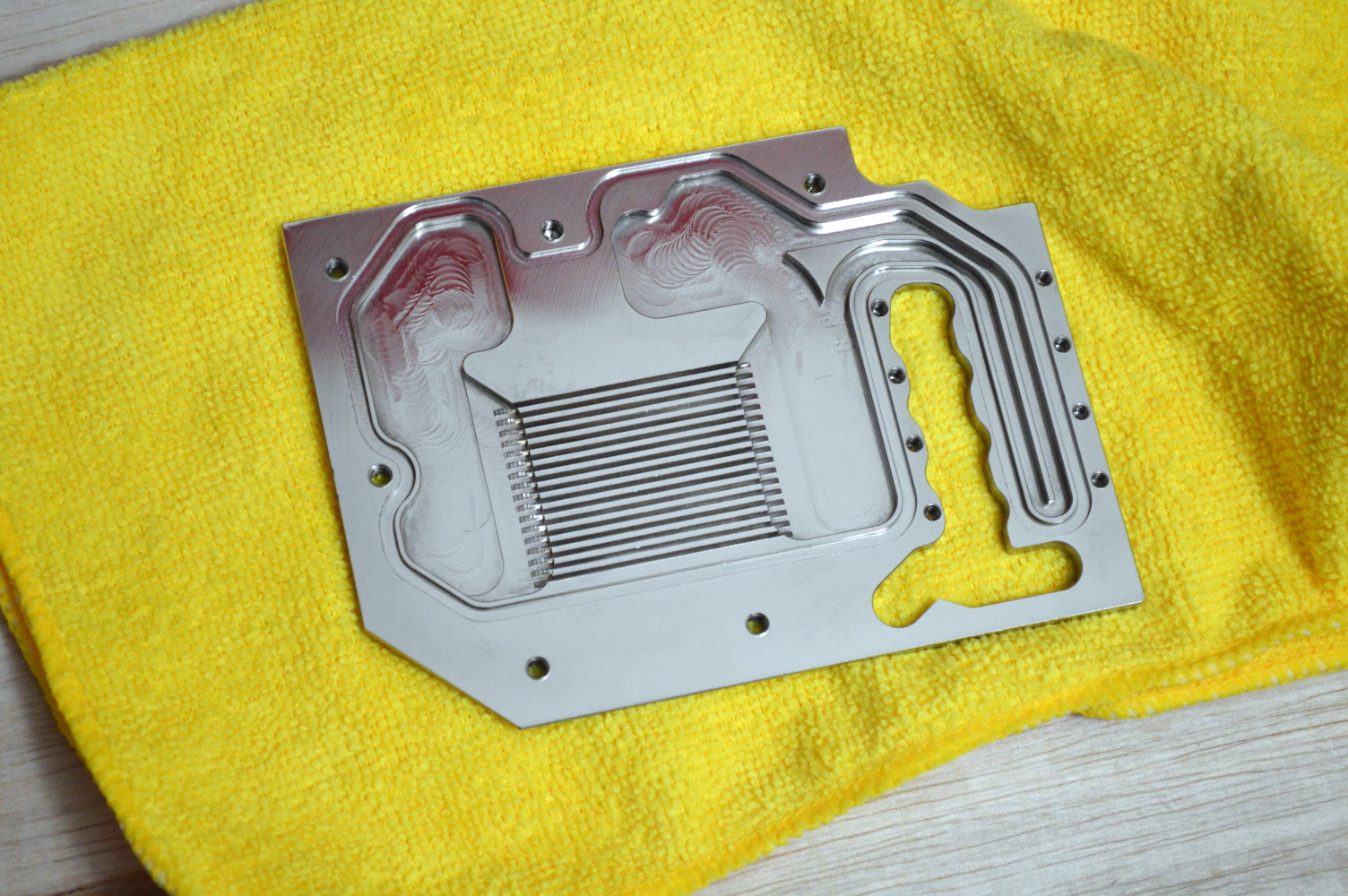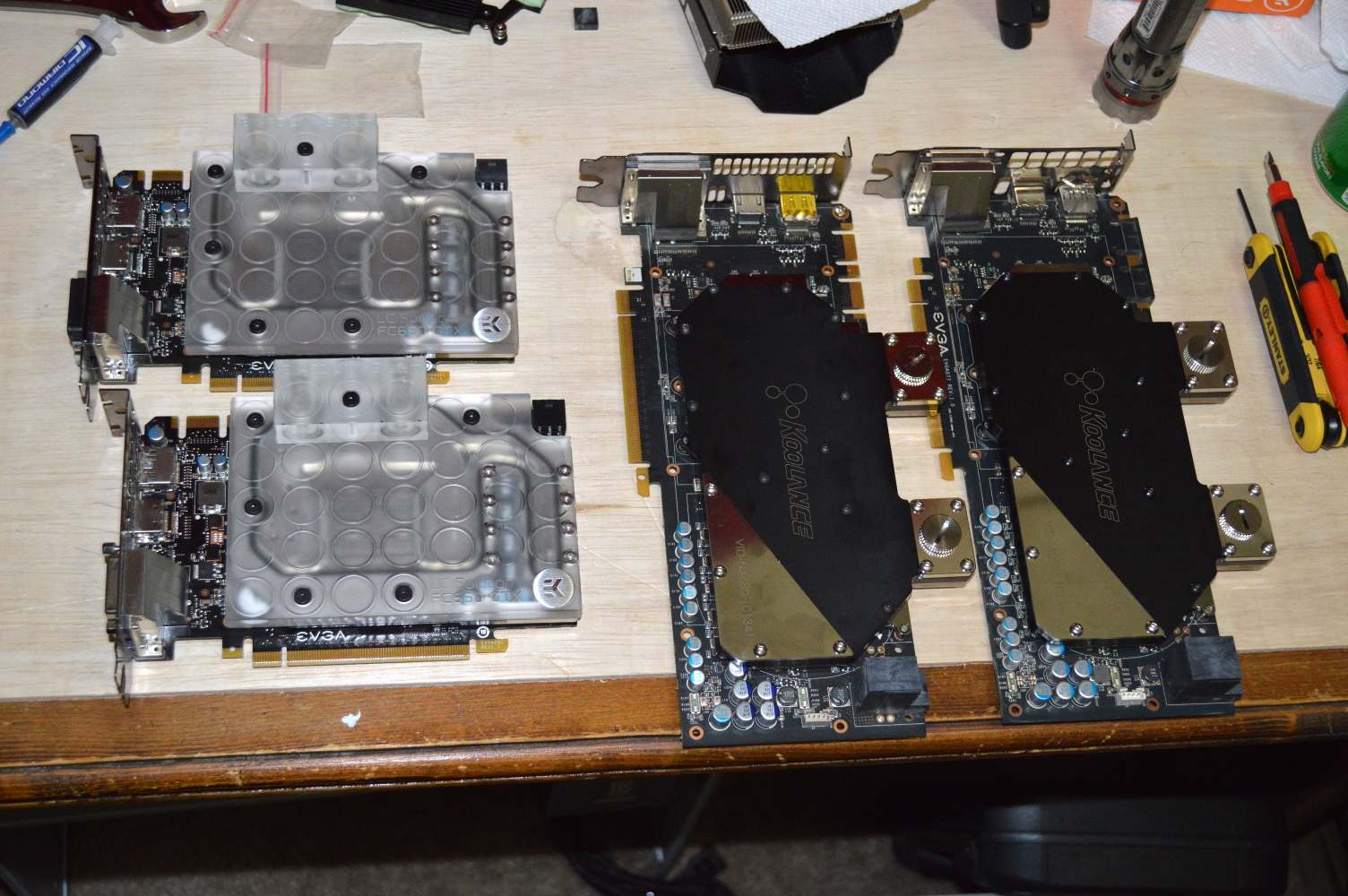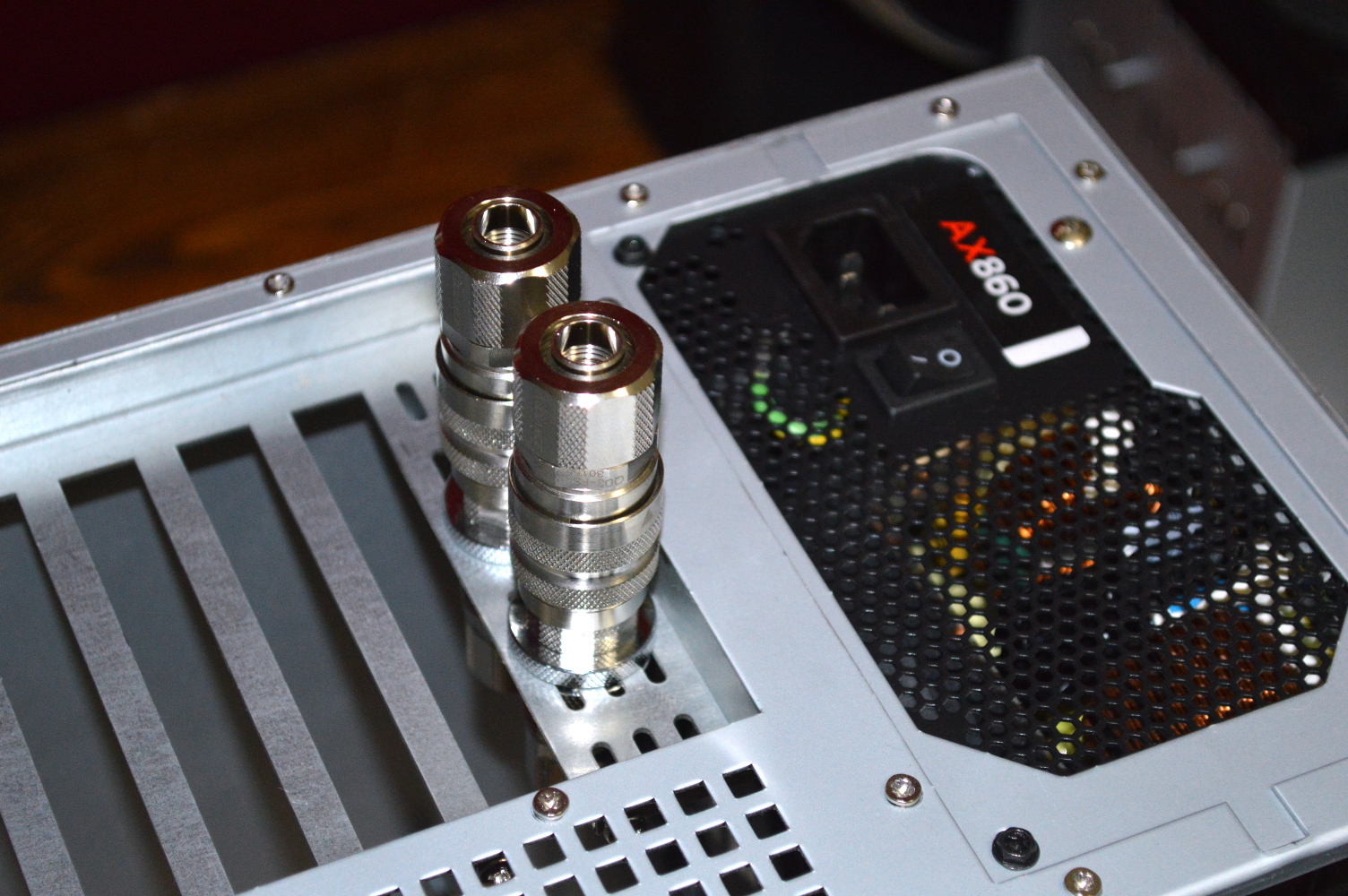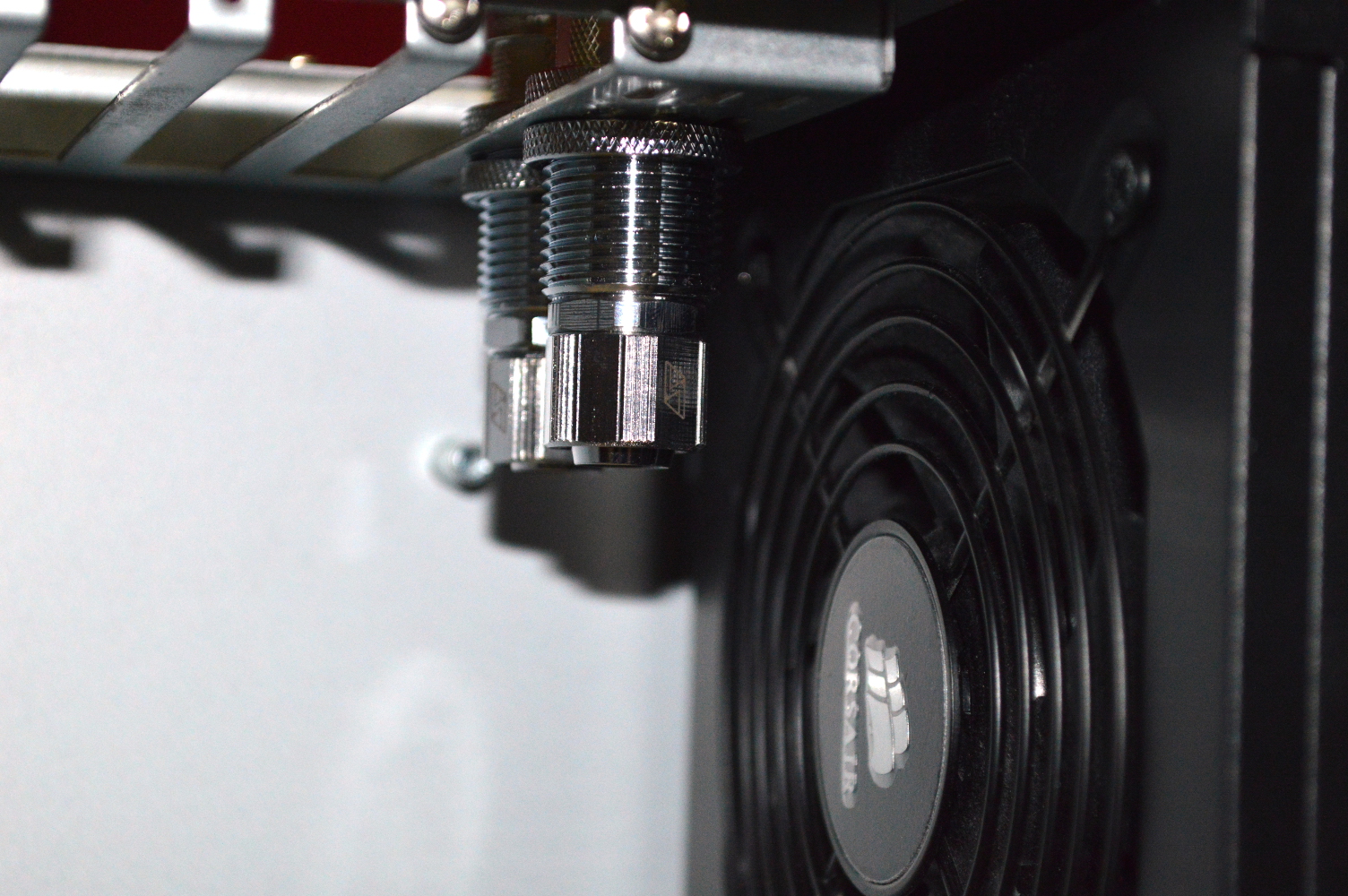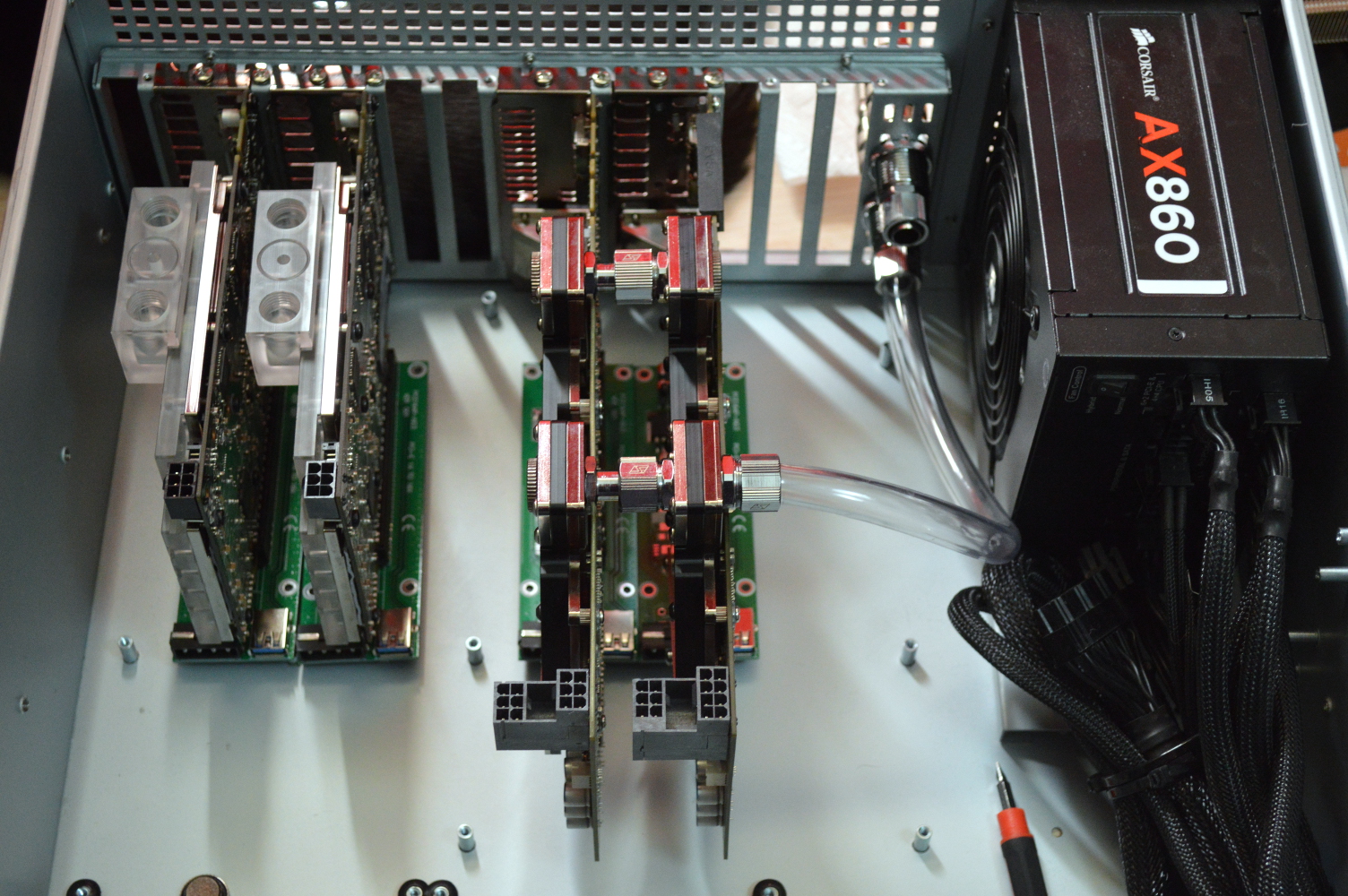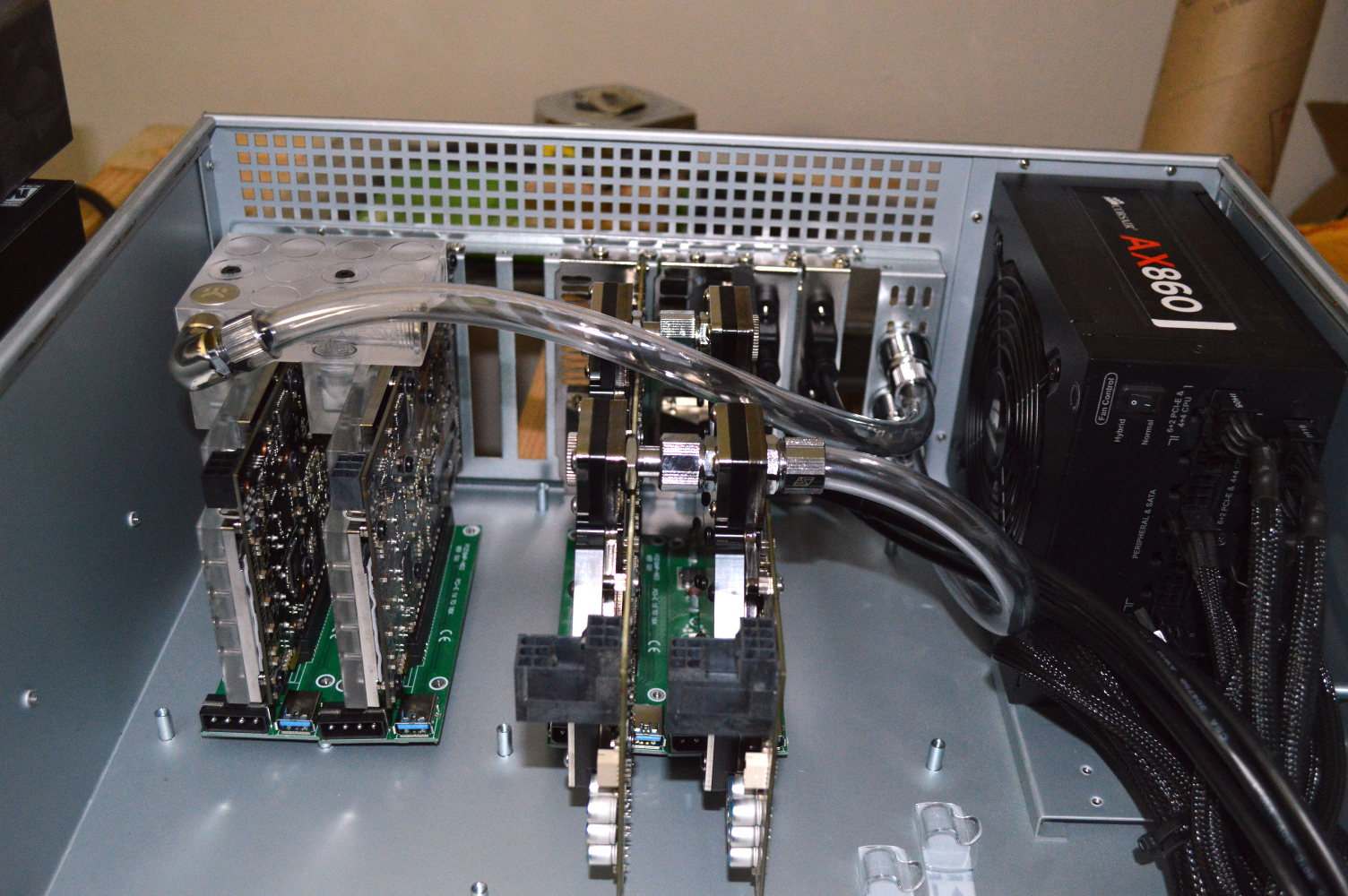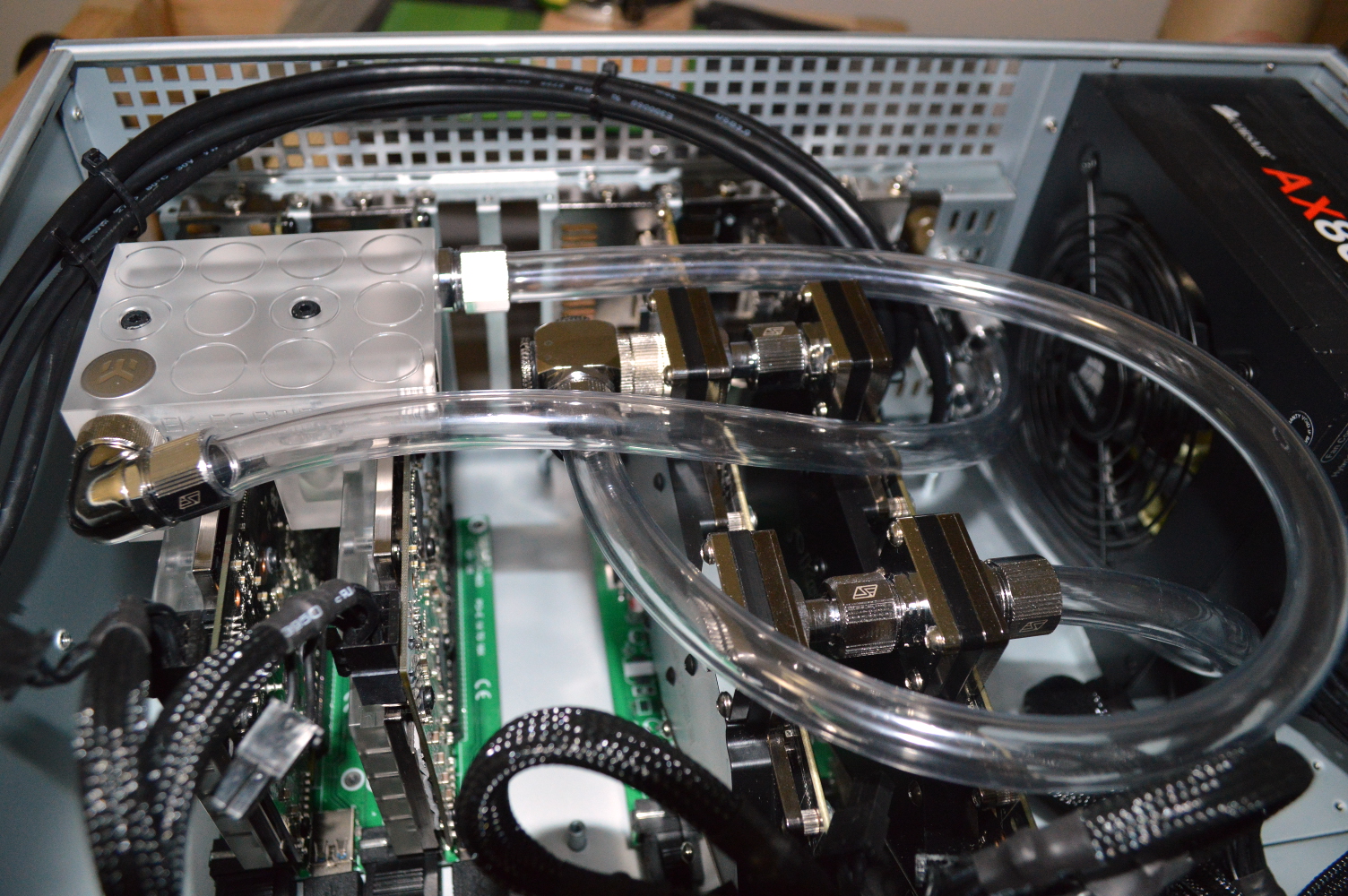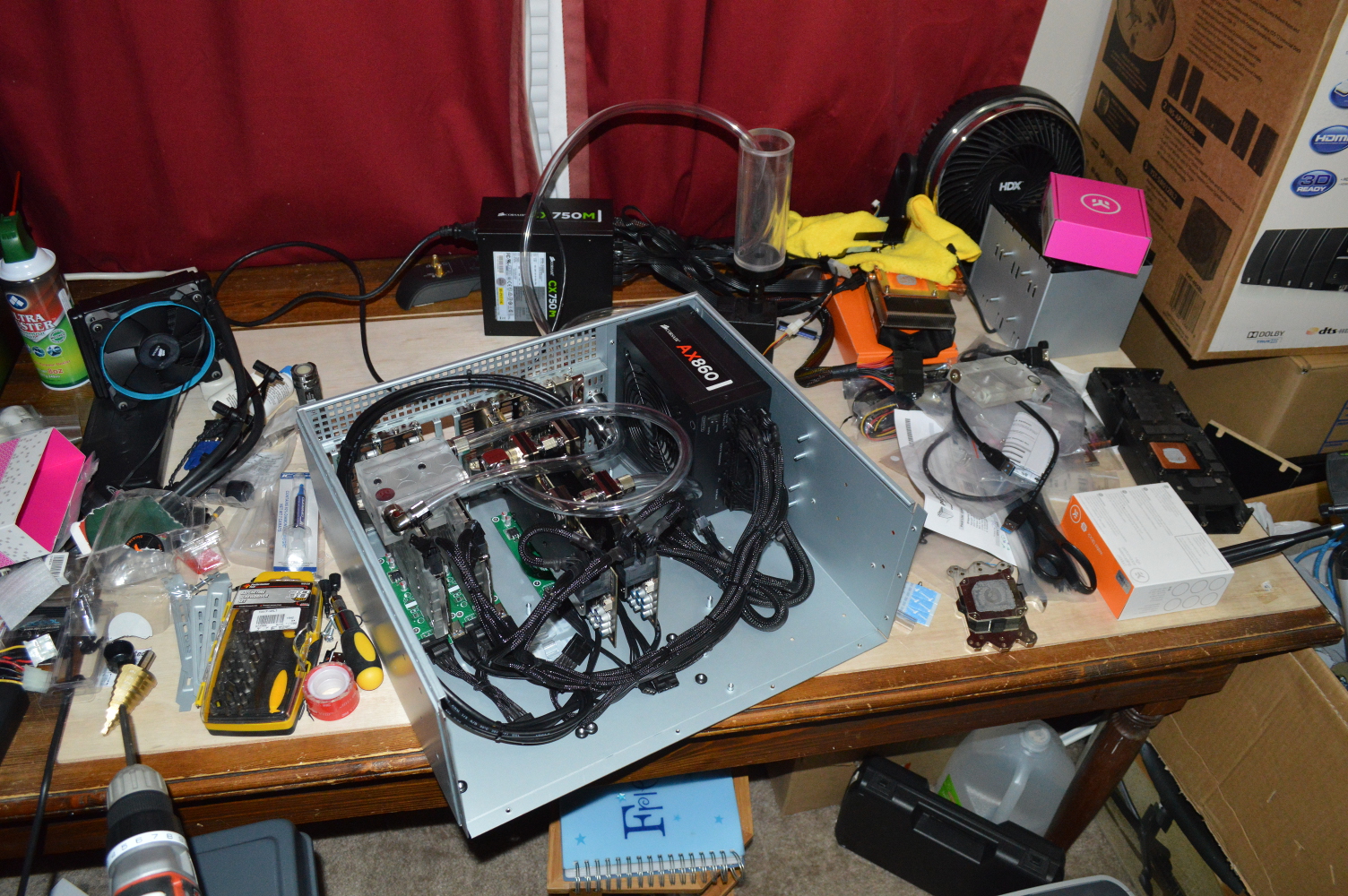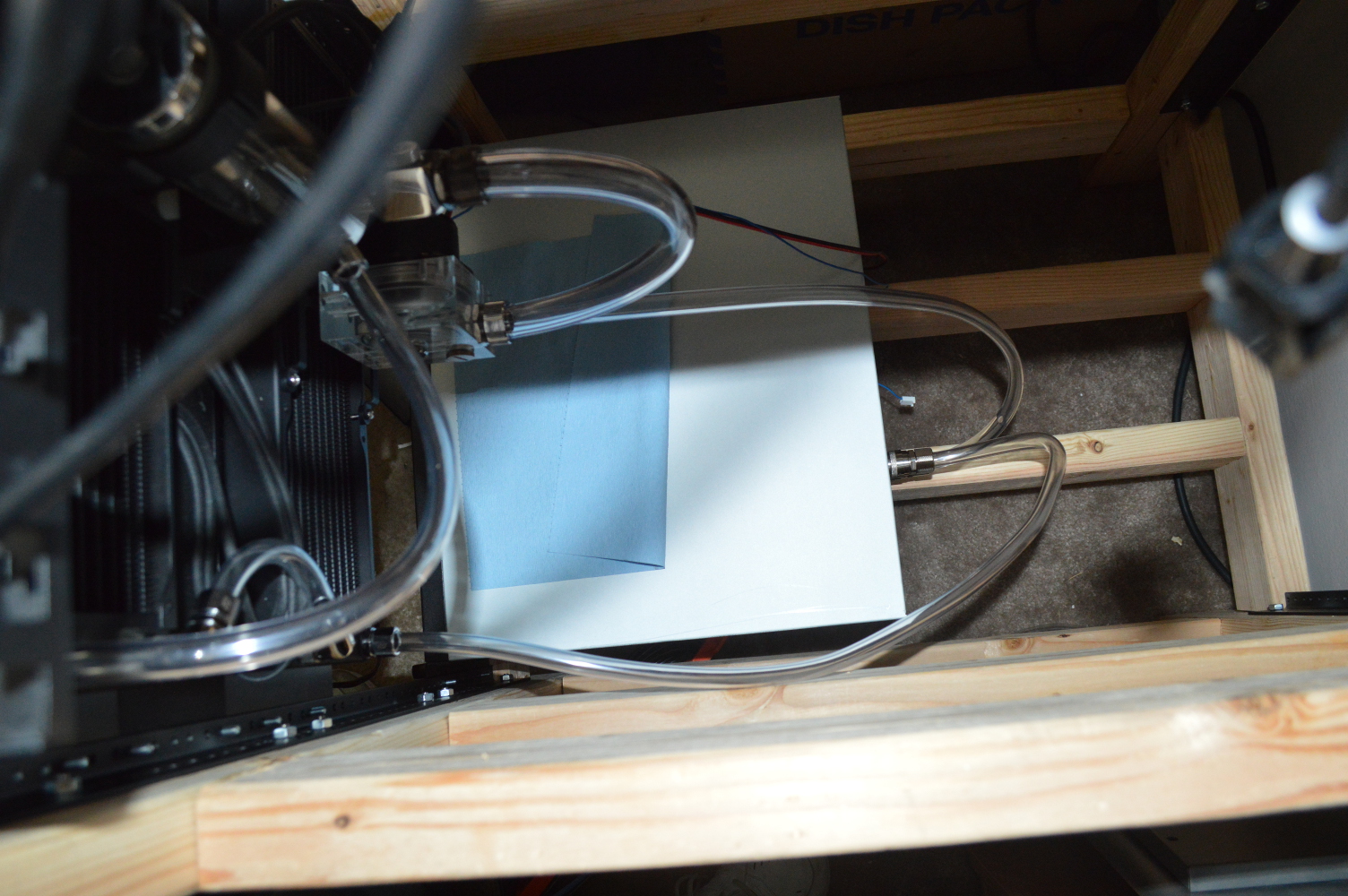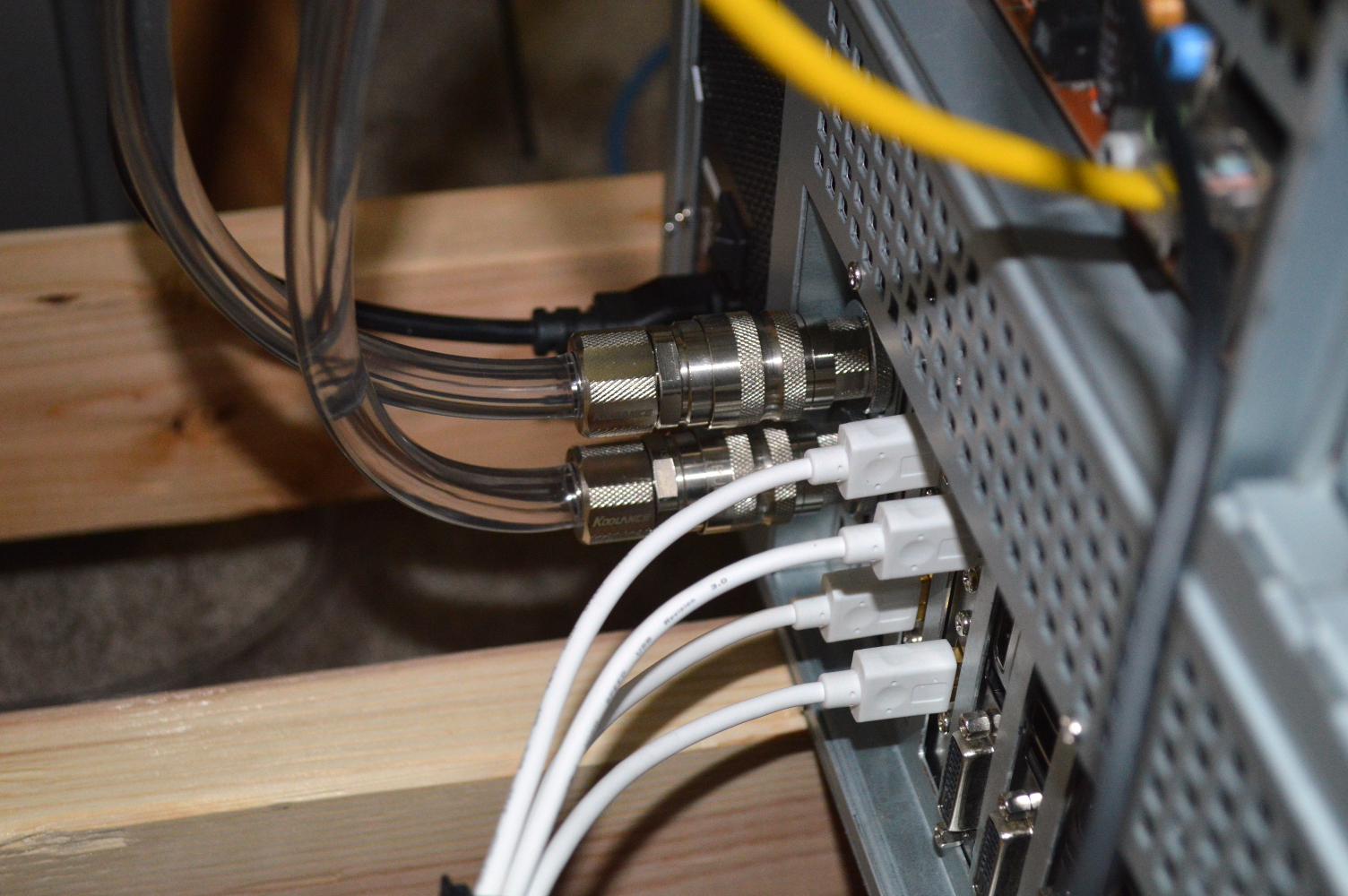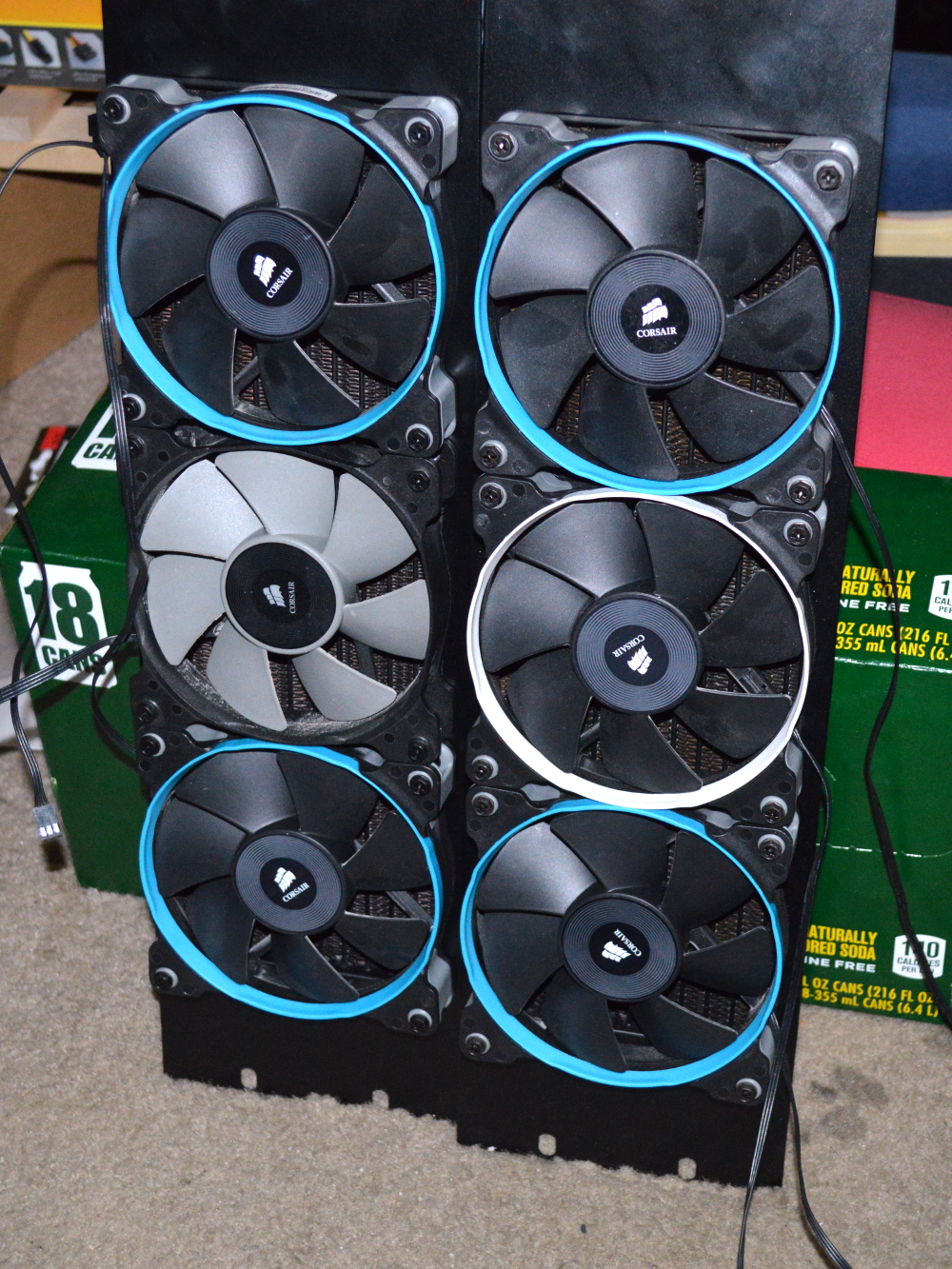Recently I received an e-mail from Ron Burg of Star Fresh Northwest, which is a subsidiary of Lauber Dancey, PLLC, in Washington State:
Hi there,
My name is Ron, and I write primarily for startfreshnorthwest.com. I was looking for some information on debt settlement and negotiating a debt this morning when I came across your excellent page. While reading through it, I especially loved your “Correcting the Motley Fool regarding debt collectors” post!
I actually just published something on negotiating a debt:
http://startfreshnorthwest.com/everything-you-need-to-know-about-negotiating-debt/
I’d love to hear any feedback you have!
Cheers
– Ron
As I said in the article Ron had read, I don’t like it when misinformation is published about debts and debt collections. And for misinformation to be published by a person writing for a subsidiary of a law firm is actually worse than if someone at Credit.com publishes misinformation (and I’ve gotten on their case quite a bit as well).
So let’s get into this.
* * * * *
First what is a settlement? In general a settlement is an offer to satisfy a tort privately as opposed to via a lawsuit or arbitration. The defendant and plaintiff agree in writing that
- A specific tort occurred by the action or inaction of the defendant
- A specific remedy is sought
- Plaintiff forever abdicates any claim against defendant for the specific tort
- Defendant agrees specific tort occurred, whether or not the defendant accepts or disclaims liability for the tort
- Defendant ascents to the remedy outlined in the agreement and will satisfy the remedy in a manner considered “reasonable” or within specific terms outlined
Fairly simple. But how does this apply to debt settlements?
The tort in question is typically breach of contract, in that you are not paying on a liability in accordance to the terms of your agreement with the creditor. Whenever a tort can be demonstrated to have occurred — which is quite easy when we’re talking about debt accounts — one party is said to have been injured and is entitled under the law to damages. With debts the damages to which the injured party is entitled is quite obvious: the outstanding balance plus any additional fees or interest provided by the contract.
Either party can offer to settle the tort claim. The plaintiff, however, always has the option to file a lawsuit or take the matter to arbitration. With debt collections there are additional duties the creditor must satisfy first before filing a lawsuit or seeking arbitration, and that typically involves exhausting all other reasonable options to collect the debt.
Settlements are offered to make a claim go away. And whenever there is a tort claim, the plaintiff actually has a duty to attempt to settle the claim outside Court, with the lawsuit being filed only if those attempts fail. In other words, if a defendant first learns of the tort by being served, the defendant can request a continuance on the lawsuit and use that time to attempt to settle. If, however, there have been attempts to settle outside Court, then the continuance will likely be denied.
Tort settlements tend to specify damages and remedies significantly lower than what the law entitles the injured party. This occurs for many reasons that can basically be boiled down to this: it’s better to get something than nothing. And it should be pretty obvious as to how that ties into debt settlements.
I’ll use myself as an example. Back in 2010 my wife and I received a settlement offer from Wells Fargo on a credit card account my wife had in her name that had been charged off. The settlement offer was for a reduced total balance with payments spread across 6 months. We agreed to the terms of the settlement and paid as agreed. If we failed to pay as agreed, they likely would’ve taken us to Court.
Now the one thing that needs to be kept in mind with regard to negotiating settlements is that the injured party typically has the upper-hand in the negotiations. They always have the option to take their claim to Court or arbitration, which can be used as leverage in the negotiations. And with debt claims for which dollar amounts and payment histories can be conclusively demonstrated, that’s a significant amount of leverage. And a judgment also opens up other avenues for collection, giving the creditor still more leverage in negotiating.
But don’t think the defendant has nothing they can leverage. The question that plaintiffs to claims will always need to consider isn’t the likelihood of prevailing should the claim go to Court or arbitration, but the likelihood of receiving what the Court orders the defendant to pay. This works in the defendant’s favor a lot of the time, and can be quite useful in negotiating a settlement. However in negotiating a settlement, the defendant should always use language giving the impression they are trying to act as best as possible in the plaintiff’s best interests. A couple years ago I said this in the comments to Credit.com’s article “Can I Pay a Creditor Less Than I Owe?“:
It is in the creditor’s best interest to accept whatever payments the person can afford, but few actually mention that when talking to a creditor — probably because it sounds like you’re being patronizing. But demonstrating to the creditor that what they are demanding is unreasonable in light of your current income/expense outlook may work in your favor.
Or it might not.
…
They may still talk about Court or pursuing other collection options, so telling the creditor that doing so — up to and including Court — may or will not increase the rate of payment (as the debtor will show to the Court evidence of their current income, or lack thereof, their current expenses and obligations, etc.), and may only delay payment.
What you are capable of paying can be used as leverage in trying to negotiate a settlement. However, bear in mind that the plantiff will likely push back against your capability claims and demand you prove that is really what you’re capable of paying instead of being able to pay more.
Which brings me to Ron’s article.
* * * * *
Much of what I’ve written above is from the standpoint of a debt that has been charged off to collections. But if you read Ron’s article, that is not the context from which he’s writing. Instead he’s writing from the context of debts that are either still current or have only fallen one or two payments past due.
What surprises most people is finding that, yes, you can cut the debt on your credit cards bills in half, if not more! That’s right. Under the right circumstances, and equipping yourself with the right knowledge, you can finally see a light at the end of the tunnel. If you are ready to say goodbye to financial burdens and finally start to gain control over your finances, follow our guidelines and tips for debt settlement and give yourself a fresh start today!
This isn’t “debt settlement”, but contract negotiation.
The premise of Ron’s article I have actually already addressed on this blog. Six (6) years ago. As such, I really hate the fact that much of what I’m likely going to be saying herein responding to Ron’s article is going to be a lot of repetition. But then, I’ve likely repeated myself a lot in most of the articles I’ve written on debt. Because those who write about debts and collections and settlements have likely never been through the situations they are writing about. I have.
So as I said, Ron is writing from the standpoint wherein a debtor has gotten a bit in over his or her head and is looking to unload some of that debt. As such they may look at their credit card statements and wonder what they can do to get out from under the totality of their balances.
While Ron is correct in saying that you can offer to settle your debt for a fraction of what you owe — even correctly stating you have a “right to ask for a settlement” — what if the creditor declines the offer? As I said in the above-linked article from six years ago, a creditor has no obligation to accept what you’re offering. So what do you do then? Since, as I said, all of these articles speak from the standpoint of “you can settle your debt for a fraction of what you owe”. No, you can offer to do so, but whether you will actually succeed comes down to a lot of variables.
When you take on a credit card or loan, you are signing a contract. Now you are free to attempt to renegotiate that contract at any time. On loans you can try to refinance the outstanding balance under new terms, such as a lower monthly payment and/or lower interest rate. With credit cards, you can ask for a higher credit limit and/or lower interest rate. You also have the option to try to renegotiate the outstanding balance under different terms.
For example if you have a credit card with an outstanding balance of $2,500 and you’re trying to pay off a lot of outstanding liabilities, you can contact the credit card issuer about this balance. In contacting them, you can explain your circumstances. If the account is still current within the contract and not over the limit, the credit card issuer is not going to have a lot of incentive to work with you. Hence Ron’s statement that “lenders will usually accept a partial payment if it looks like they might never receive a payment in the future.”
Now if you’re wanting to do this, the first thing you need to do is close the account before you start negotiating. And if you try to renegotiate the outstanding balance, the first thing the issuer is going to force on you is closing the account. Closing the account, though, doesn’t avoid additional interest charges on the outstanding balance in accordance with the original agreement, and the original contract will stipulate such.
This is where negotiations come into play. As the original account has been closed, you can attempt to negotiate different terms on the balance based on your ability to pay. Negotiating is about give and take. If you’re going to ask they do something that isn’t in their best interest — such as reducing interest rates or lowering the balance — then you need to be willing to give them something in return.
This means the more you request, the more you’d better be willing to give in return. This is likely why Ron focuses so much on the “lump sum”, as the quickest way for a creditor to agree to a reduced balance is if you’re able to pay that reduced balance all at once. However the ability to offer a lump sum payment of a reduced amount could also cause the creditor to push back: “If you can pay all of that in one lump sum, why can’t you make payments on the remainder?”
These are some notions that Ron attempts to address in a later section in his article. For now, he moves into determining whether you need an attorney. Recall from above that his article is being written for subsidiary of a law firm.
* * * * *
While you do need an attorney when filing for bankruptcy, most people don’t think they would need one for debt consolidation. By no means is it absolutely mandatory. However, using an attorney to help negotiate a settlement can take a lot of pressure off of you. An attorney already knows your rights and legal grounds. Attorneys will help to exhaust all options to see the outcome you desire.
In actuality I would suggest against employing an attorney to assist with renegotiating debts. Outstanding debts are not so complicated a situation that an attorney is necessary to ensure you understand everything. Plus what an attorney might help you save in renegotiating your outstanding liabilities could be overtaken or severely reduced by attorney’s fees, leaving you not as far ahead as you thought you’d get or worse off.
But let’s humor Ron’s idea to hire an attorney. He provides three ways in which “an attorney can help you with debt settlements”.
1. They recognize scams
Companies that claim to specialize in debt relief or consolidation, but ask for money upfront for their services, are usually scammers. They will take your money without a guarantee of results.
If you’re talking to an attorney about debt consolidation, you likely aren’t talking to other debt relief or consolidation firms. Instead you would have the attorney instead of going to a debt relief or credit counseling firm to represent your interests with your creditors.
2. They offer cease of harassment
When you work with an attorney, you can redirect all your harassing calls from creditors to them. Once you have an attorney to represent you and your case, creditors can ONLY talk to them and cannot call you again.
This is demonstrably false.
The Fair Debt Collection Practices Act at 15 USC § 1692c(a)(2) declares, with regard to debt collectors, that a debt collector cannot directly contact a debtor known to be represented by an attorney, provided they have the attorney’s information. So if the former is true, but the latter is not, they can contact the debtor directly to obtain or verify the attorney’s information.
However if the debt collector exhausts all reasonable effort to contact the attorney but is unable to actually communicate with the attorney, then the Fair Debt Collection Practices Act allows the debt collector to contact the debtor directly. It also allows the attorney to consent to direct contact with the debtor.
The same holds true with regard to attorneys retained to represent your interests to original creditors. If you tell your creditor that you’ve hired an attorney to represent your interests in negotiating your debt account, a couple things will come to light. First, they’ll wonder how you can afford an attorney but not afford to pay your balance in full. And second, if they exhaust all reasonable effort to contact your attorney but are unable to do so, the creditor can and will contact you directly.
Your attorney cannot stonewall negotiations on your debts by refusing to talk with them. And if they attempt such, you will be contacted directly by your creditor, or your creditor will file a lawsuit.
3. Negotiation is in their job’s nature
An attorney’s job is to convincingly argue for his or her client’s desired outcome. Attorneys will take on the creditors and be able to successfully negotiate until the credit card companies agree to settle for the partial payment.
An attorney’s job is to represent your interests to an opposing party, whether that is a private party or the government. Part of representing your interests is getting the best outcome possible given the facts of the situation. Their job is not to get your desired outcome, and being represented by an attorney does not mean you will get what you want.
Before approaching your creditors, your attorney will discuss with you the totality of your circumstances. In doing this, your attorney will get an idea of what you want and why, make sure your desires are reasonable, and then present your desires to your creditors. There will be push-back, which is why in discussing your situation with you, the attorney will figure out how far you’re willing to allow them to push back.
So if you say you want to negotiate a $3,000 balance to $1,500, the attorney will ask how you feel about paying $2,000 or even $2,500. He or she will present $1,500 to the creditor, expecting push back, will offer steadily higher amounts.
Often the credit card company will settle for the attorney’s proposed percentage because they know that if they don’t agree with the partial payment, then the borrower is likely headed toward bankruptcy, meaning the lender would end up with nothing.
Chances are if a debtor has taken on representation, the creditor may have in the back of their mind that the debtor is steps away from bankruptcy. However bankruptcy doesn’t mean necessarily that the creditors get nothing, but it could mean they walk away with a far reduced amount.
But at the same time, they’re not going to just jump at whatever percentage the attorney offers and will likely push back.
Next, Ron goes into some cons of settling your debts for less than what you owe.
* * * * *
First, remember that you are offering a large sum of money at once. If this is not laying around in a bank account, you need to consider the ways in which it will affect you and your family. Paying off a huge lump sum may cause some huge changes in the standard of living you are used to.
And again, Ron is focusing on the lump sum.
Here’s one thing that needs to be said: settling your debts does not have to involve lump sum payments, and your inability to make a lump sum payment does not detract from your ability to renegotiate your debts. While creditors would certainly prefer lump sum payments, it is not absolutely necessary.
If you are consolidating debts through a loan, then obviously you will be offering a lump sum. But if you are merely trying to get rid of the debt faster, you can negotiate for a reduced balance in exchange for a higher monthly payment, or an eliminated interest rate in exchange for a higher monthly payment. But the common token in negotiating your debts is you need to be willing to put more money to them each month in exchange for the creditor giving up its rights under the contract.
His second point about settlements being a ding on your credit report is accurate, but its difficult to measure the impact it’ll have on your future ability to get credit.
But it’s under his next section, “Negotiating 101”, that he finally gets factually accurate with his statements, in part because it finally addresses the caveats that you will face trying to do this.
* * * * *
Now a lot of what Ron says in his “Negotiating 101” section is on the money. I have only a few concerns with what he’s said.
To start off, I don’t think credit card companies have a “settlement” department. Typically you’ll likely be talking with their collections department on this, but the person to whom you will be speaking will vary from issuer to issuer. It’s probably best to initiate contact on settling your balance in writing, as that will ensure it gets to the right person who can then contact you.
But along with this is what Ron never says that I did above: negotiating to settle your balances will result in the account being closed. They’re not going to keep the account open if you’re wanting to do this. They will close the account if you haven’t closed it in advance. So along with cutting spending to the card, as Ron rightly suggests, you need to close the account as well.
Also, remember that your lender wants to hear a dollar amount for your offer. Propose a lump sum payment of around 30 percent of your balance. They will likely try to negotiate for a higher payment; however, if they ask for more than 50 percent of your balance, consider how that will affect your finances. If you can’t do that, consider offering a settlement to another company or saving up for that payment in the future.
The biggest problem with attempting to propose a lump sum payment is the credit card issuer will want to know where that money came from. If you had the money sitting in the bank, the creditor is going to be less likely to work with you.
You see your creditor is going to be working from the standpoint of what is going to be best for them. And what is best for them is keeping the account open and current within the contract while collecting the balance you owe in full plus any additional interest assessed in the interim. So if you’re going to lump sum pay off a balance for less than what you owe out of money you have sitting in the bank, the creditor is going to push back, especially if you’re saying you’re in “dire straights” but have enough savings sitting in a bank account to offer a several thousand dollar lump sum.
Instead the creditor is going to offer that the account be suspended to avoid new charges, and may offer to suspend assessing interest in that time as well to keep the balance from growing still more, and that you continue to make at least the minimum monthly payment as calculated by your contract. In the mean time they will want you to use your savings to keep your head above water while keeping them in the loop on your standing.
Now if you’re borrowing to consolidate your credit card balances and have been approved for a loan, then that will work in your favor, but still expect the creditor to push back on your offer since they are out to get as much back of what they’re owed as possible.
And certainly get any settlement offers in writing before you remit a single payment.
The rest of his article from that point talks about budgeting and saving, which have nothing to do with debt settlement or contract negotiation, so I’ll call it here. This rebuttal is getting long enough.
